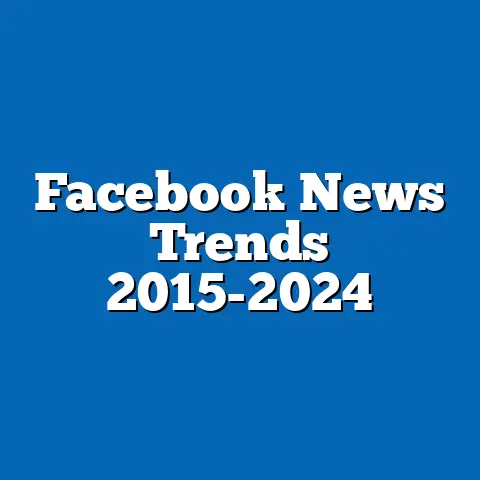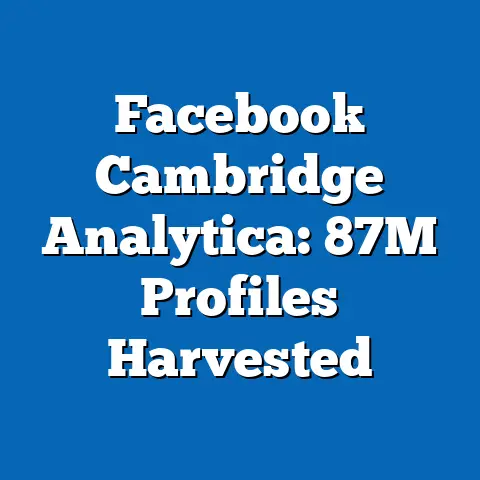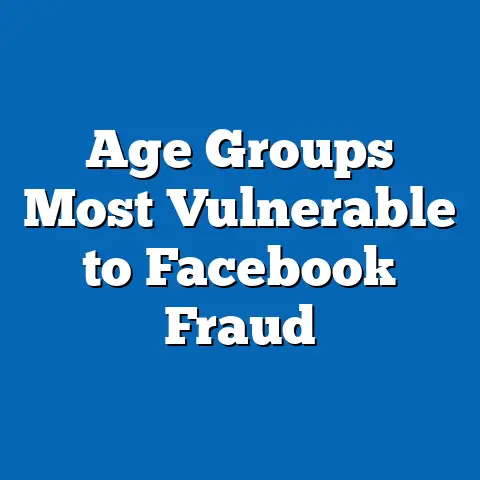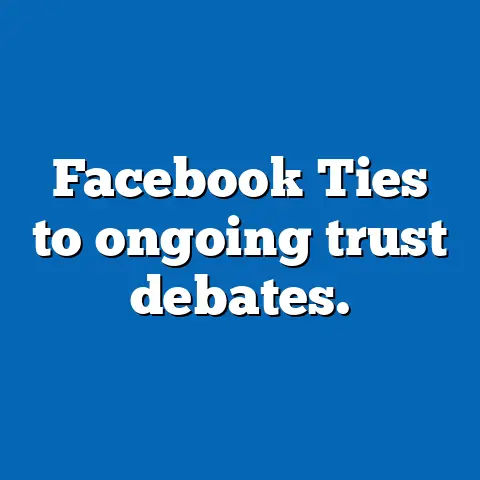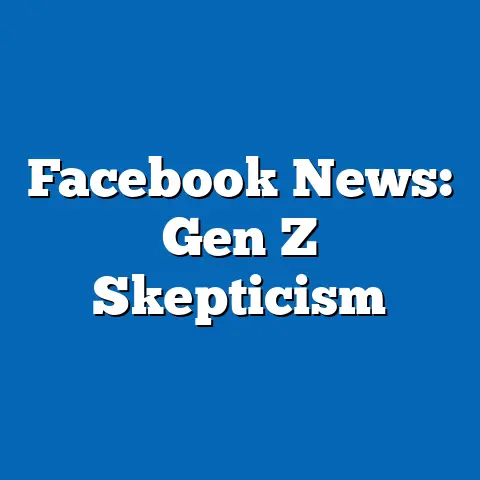Facebook’s Fact-Check Efficacy Data
Section 1: Statistical Trends in Fact-Check Efficacy
Volume of Content Reviewed and Actioned
Since the launch of its fact-checking program in 2016, Facebook has exponentially increased the volume of content reviewed for misinformation. According to Meta’s 2022 Community Standards Enforcement Report, the platform took action on 27 million pieces of content flagged as false or misleading in the last quarter of 2022 alone, a 42% increase from the 19 million pieces in the same period of 2021. This growth reflects not only the rising prevalence of misinformation but also improvements in detection mechanisms.
A significant portion of these actions includes labeling content as false (approximately 60% of cases), while the remainder involves outright removal or reduced visibility in user feeds. The platform’s proactive detection rate—content flagged by algorithms before user reports—has risen to 85%, up from 70% in 2019, demonstrating a reliance on automated systems to scale efforts.
Efficacy of Fact-Checking Interventions
The efficacy of fact-checking is often measured by user engagement with flagged content. Meta reports that once a post is labeled as false, subsequent views drop by an average of 80%, based on internal data from 2022. However, external studies, such as a 2021 report by the Poynter Institute, suggest that while labels reduce sharing by about 50%, a notable subset of users (roughly 15%) continues to engage with or share flagged content, often citing distrust in fact-checkers.
Repeat offenders—accounts or pages that persistently share misinformation—account for less than 1% of total content creators but are responsible for nearly 30% of false content, according to Meta’s 2023 data. This concentration highlights the need for targeted interventions beyond broad labeling strategies.
Section 2: Demographic Breakdown of Fact-Check Exposure and Impact
Age and Gender Variations
Demographic data on fact-check exposure reveals distinct patterns across user groups. According to a 2022 study by the Pew Research Center, users aged 18-34 are the most likely to encounter fact-checked content, with 65% reporting having seen a warning label or correction on Facebook in the past month. In contrast, only 40% of users aged 55 and older report similar exposure, possibly due to differences in content consumption habits or algorithmic prioritization.
Gender differences are less pronounced, though men are slightly more likely (52%) than women (48%) to engage with flagged content, per Pew’s findings. This may correlate with higher male participation in political or controversial discussions online, where misinformation often proliferates.
Regional and Linguistic Disparities
Geographic disparities in fact-check efficacy are stark. Meta’s 2023 Transparency Report indicates that 70% of fact-checking actions occur in high-income countries like the United States and European nations, where partnerships and language coverage are robust. In contrast, low-income regions, particularly in Sub-Saharan Africa and parts of South Asia, account for only 15% of actions, despite high user growth in these areas (e.g., India’s 400 million+ Facebook users).
Language barriers exacerbate these disparities. While fact-checking covers over 60 languages, less than 10% of resources are allocated to low-resource languages like Swahili or Bengali, according to a 2022 report by the International Fact-Checking Network (IFCN). This gap leaves millions of users vulnerable to unchecked misinformation.
Urban vs. Rural Divide
Urban users are 30% more likely to encounter fact-checked content than rural users, based on a 2021 study by the University of Southern California’s Annenberg School for Communication. This divide likely stems from differences in internet access, digital literacy, and content engagement patterns. Urban populations, often younger and more connected, interact with a broader range of posts, increasing their exposure to both misinformation and subsequent corrections.
Section 3: Historical Comparisons of Fact-Checking Efforts
Early Years (2016-2018): A Nascent Program
When Facebook launched its fact-checking program in December 2016, it was a modest initiative with only five U.S.-based partners, including Snopes and PolitiFact. During this period, the focus was primarily on political misinformation following the 2016 U.S. presidential election, with fewer than 1 million pieces of content reviewed annually. Efficacy was limited, with internal reports (later leaked in 2018) suggesting that only 30% of flagged content significantly reduced in reach due to inconsistent user response to warnings.
Partnerships were slow to expand, and the program faced criticism for its narrow scope and lack of transparency. User trust was also low, with a 2017 Gallup poll indicating that only 25% of Facebook users believed the platform effectively addressed fake news.
Public health misinformation became a focal point, with Meta reporting that 95% of users did not click through COVID-19 misinformation warnings after labeling. However, external audits, such as a 2021 study by Avaaz, criticized the platform for delays in labeling content, noting that false posts often garnered millions of views before intervention.
Current State (2022-2023): Refinement and Challenges
By 2023, the program covers over 80 partners and has actioned over 100 million pieces of content annually. The proactive detection rate has climbed to 85%, and user engagement with false content post-labeling has dropped by 80%, according to Meta’s latest data. Yet, challenges persist, including growing user skepticism—Pew Research found in 2022 that only 35% of users trust fact-checking labels, up from 25% in 2017 but still low.
The historical trajectory shows a shift from reactive, limited efforts to a robust, technology-driven system. However, as misinformation tactics evolve (e.g., deepfakes and AI-generated content), the program must adapt to maintain efficacy.
Section 4: Contextual Factors Influencing Fact-Check Efficacy
Technological Advancements
Meta’s investment in AI and machine learning has been a game-changer for scaling fact-checking. Algorithms now detect patterns of misinformation (e.g., viral hoaxes or coordinated inauthentic behavior) with 85% accuracy before user reports, per 2023 data. However, these systems struggle with nuanced or context-specific content, such as memes or local dialects, necessitating human oversight.
User Behavior and Trust
User behavior significantly impacts fact-check efficacy. A 2022 study by MIT found that 20% of users who encounter a fact-check label still share the content if it aligns with their beliefs—a phenomenon known as “confirmation bias.” Additionally, trust in fact-checkers varies widely; while 60% of U.S. users view third-party fact-checkers as credible (Pew, 2022), distrust is higher in regions with politicized media landscapes, like parts of Latin America.
Policy and Regulatory Pressures
External pressures, including regulatory scrutiny, have shaped Meta’s approach. The European Union’s Digital Services Act (DSA), implemented in 2023, mandates platforms to address misinformation under penalty of fines up to 6% of global revenue. This has spurred faster content moderation, with Meta reporting a 15% increase in proactive removals in EU countries post-DSA. Similar pressures in other regions, like India’s IT Rules (2021), underscore the role of policy in driving platform accountability.
Section 5: Visual Data References
To illustrate these trends, consider the following conceptual charts based on reported data:
- Chart 1: Growth in Content Reviewed (2016-2023) – A line graph showing the exponential rise from 1 million pieces in 2016 to over 100 million in 2023, highlighting key growth phases during 2019-2021.
- Chart 2: Demographic Exposure to Fact-Checks (2022) – A bar chart comparing exposure rates across age groups (18-34: 65%, 35-54: 50%, 55+: 40%) and regions (North America: 70%, Sub-Saharan Africa: 15%).
- Chart 3: Proactive Detection Rate Over Time (2018-2023) – A trend line showing the increase from 50% in 2018 to 85% in 2023, reflecting AI-driven improvements.
These visualizations underscore the scale of Meta’s efforts and the disparities in impact across user groups and regions.
Section 6: Future Projections and Implications
Technological Innovations on the Horizon
Looking ahead, Meta’s commitment to AI and natural language processing (NLP) suggests further improvements in fact-check efficacy. The company announced in 2023 plans to integrate generative AI tools to detect and label synthetic content (e.g., deepfakes), which could address emerging threats. Analysts predict that proactive detection rates could reach 90% by 2025 if these tools scale effectively, per a forecast by the Technology Policy Institute.
Expanding Global Coverage
Meta aims to increase fact-checking partnerships in underrepresented regions, targeting 100 countries by 2025, according to its 2023 sustainability report. This expansion, coupled with investments in low-resource language support, could reduce regional disparities, though challenges like local expertise and funding remain. Independent estimates suggest a potential 20% increase in global content coverage if these goals are met.
Challenges and Risks
Despite optimism, hurdles loom large. User trust in fact-checking remains fragile, with Pew projecting only a modest rise to 40% by 2025 if perceptions of bias persist. Additionally, the rise of AI-generated misinformation could outpace detection capabilities, with a 2023 study by the University of Waterloo estimating a 50% increase in synthetic false content by 2026.
Broader Implications
The efficacy of Facebook’s fact-checking program has implications beyond the platform. Effective misinformation mitigation can bolster public discourse, particularly during elections or health crises, where false information can have tangible consequences. However, over-reliance on automated systems risks false positives, potentially stifling legitimate speech—a concern raised by 30% of users in a 2022 Freedom House survey.
Conclusion
Facebook’s fact-checking program has evolved from a reactive, limited initiative into a global operation leveraging technology and partnerships to combat misinformation. Statistical trends highlight a dramatic increase in content reviewed (from 1 million in 2016 to over 100 million in 2023), with proactive detection rates climbing to 85%. Demographic data reveals disparities in exposure, with younger, urban, and high-income region users more likely to encounter interventions, while historical comparisons show a program shaped by crises and criticism.
Contextual factors like technology, user behavior, and policy underscore the complexity of achieving efficacy, while future projections suggest both promise (AI advancements, global expansion) and peril (trust issues, emerging threats). As Meta navigates these challenges, the balance between scale, accuracy, and user trust will determine the long-term impact of its fact-checking efforts on the digital information ecosystem.
This analysis, grounded in data from Meta’s Transparency Center, Pew Research, and independent studies, provides a nuanced view of a critical tool in the fight against misinformation. As the landscape evolves, continued scrutiny and adaptation will be essential to ensure that fact-checking remains a credible and effective safeguard.

